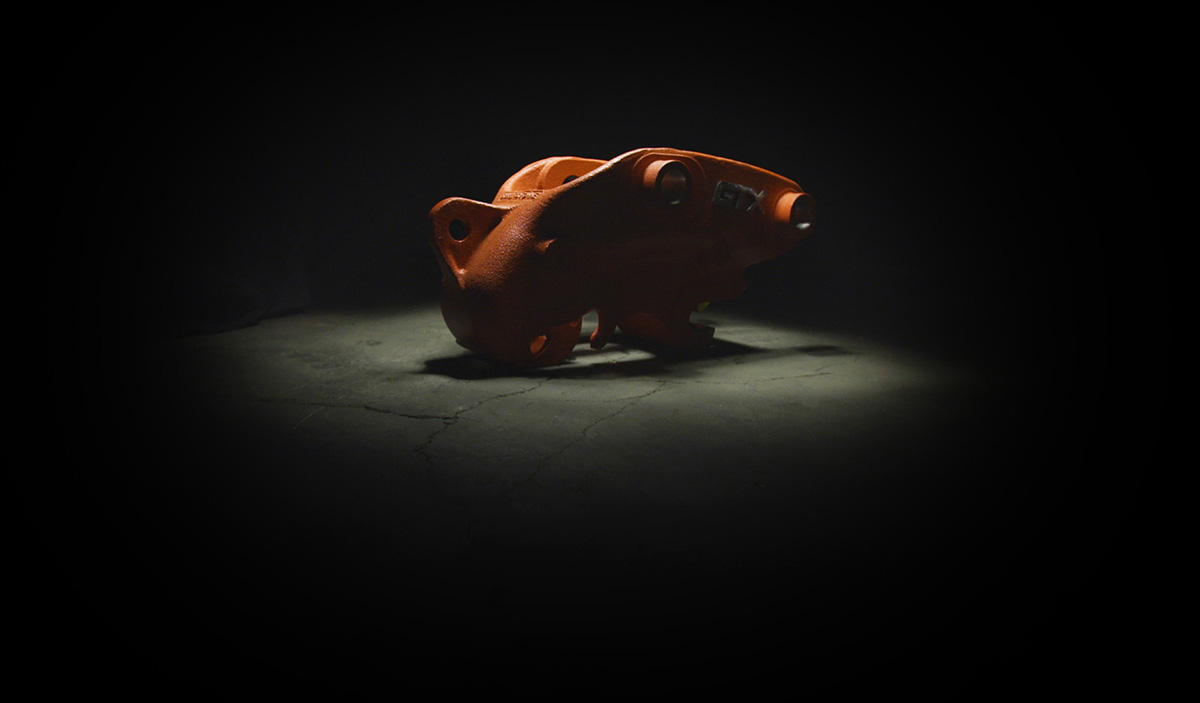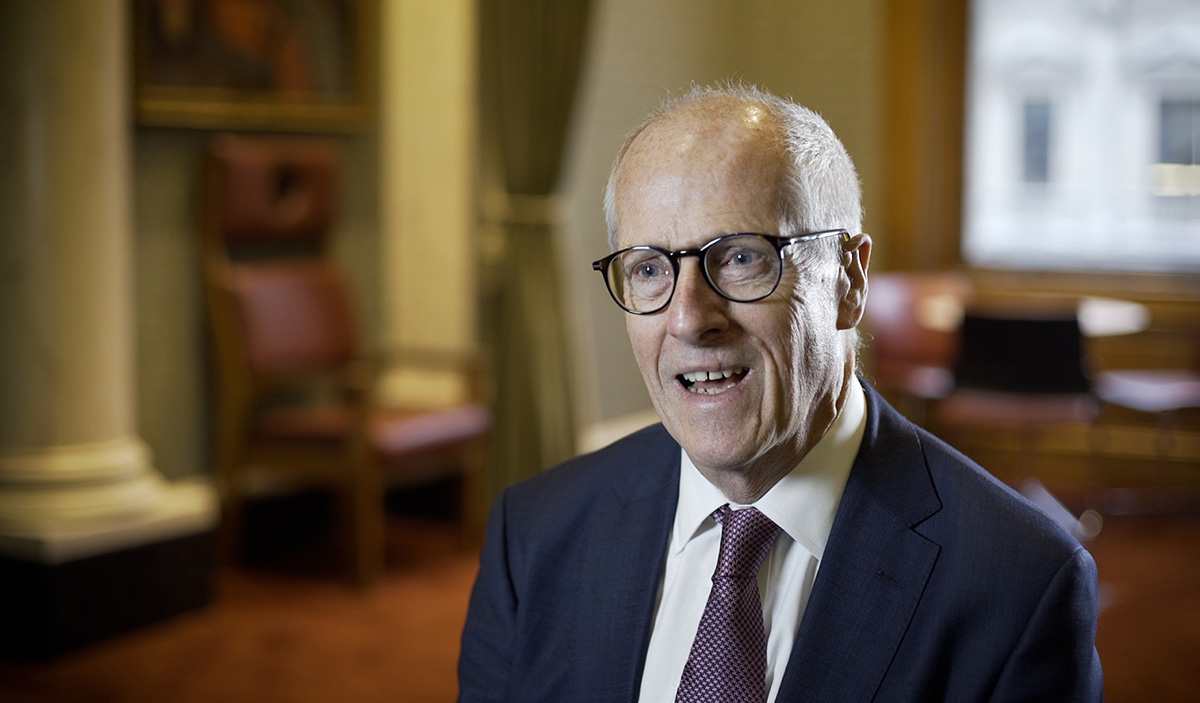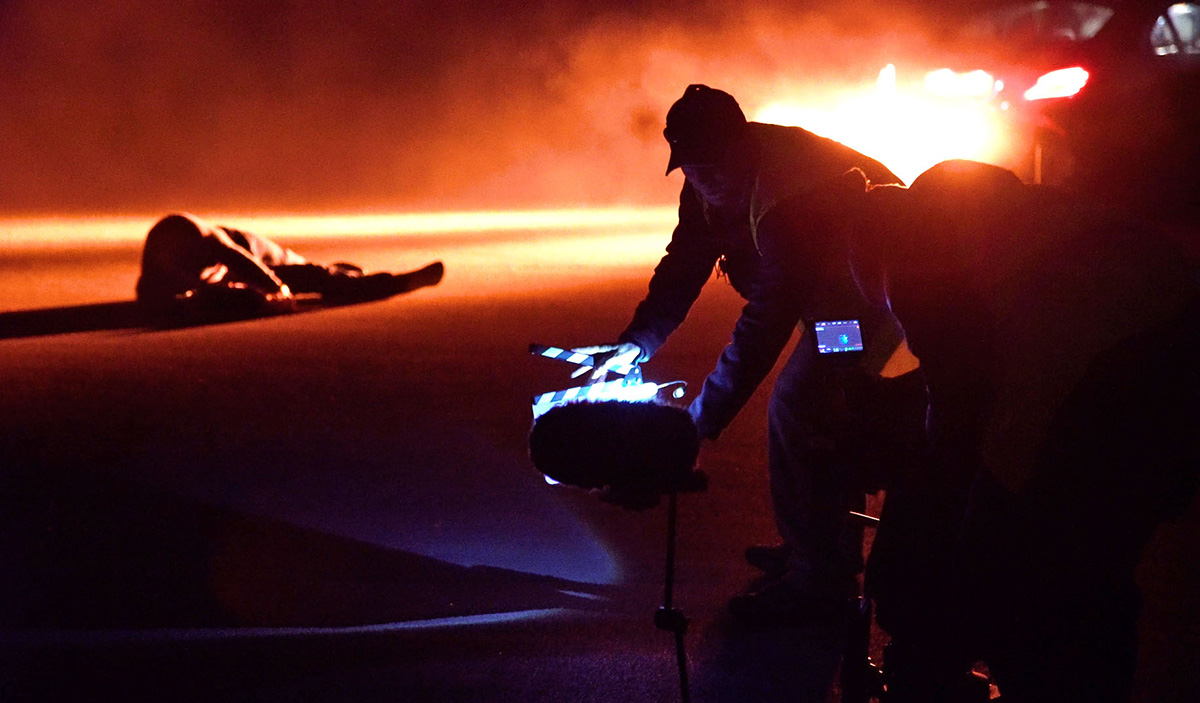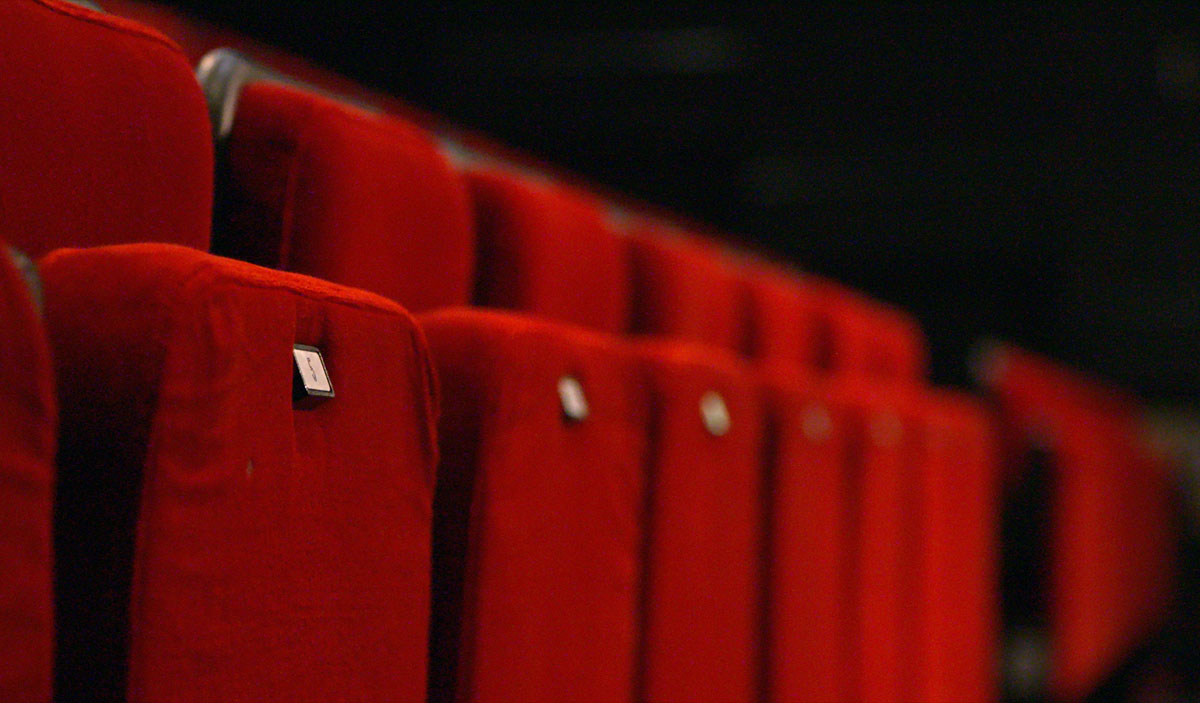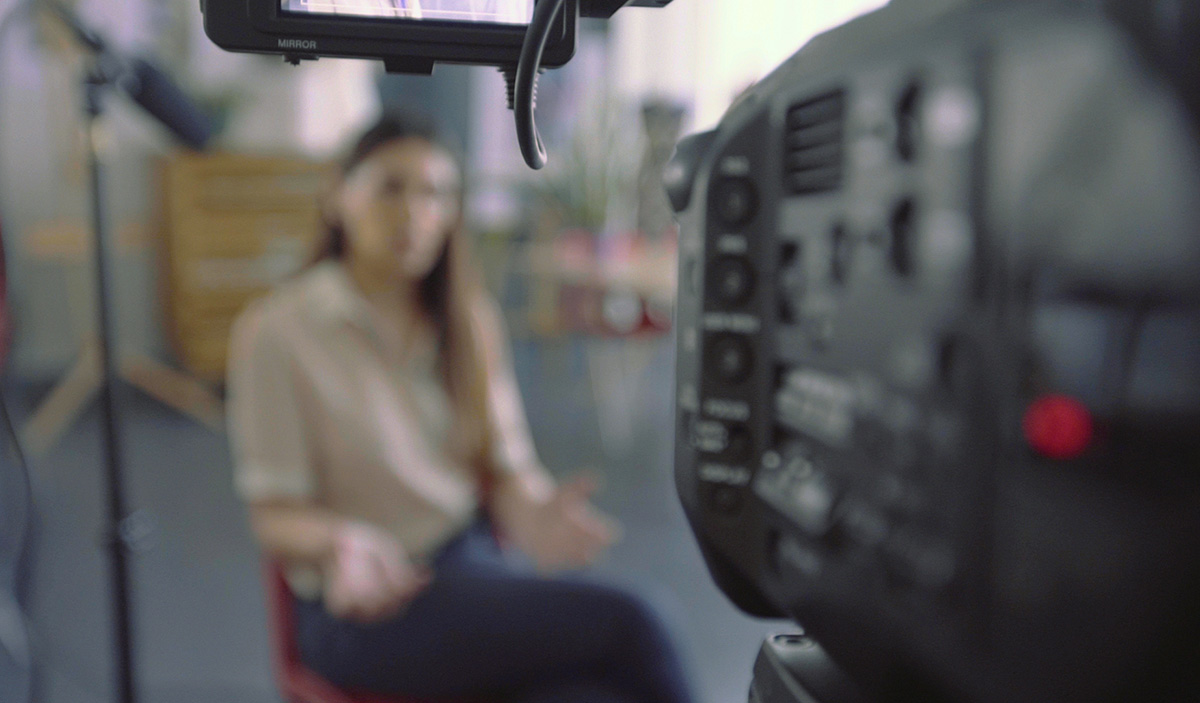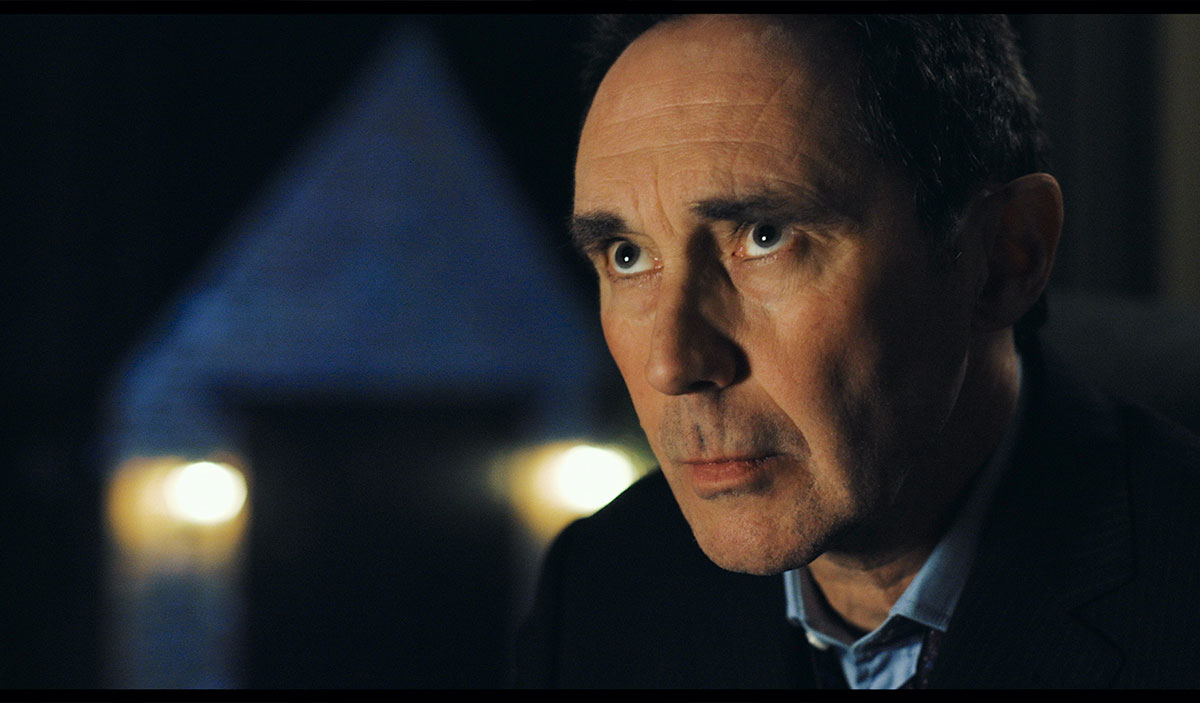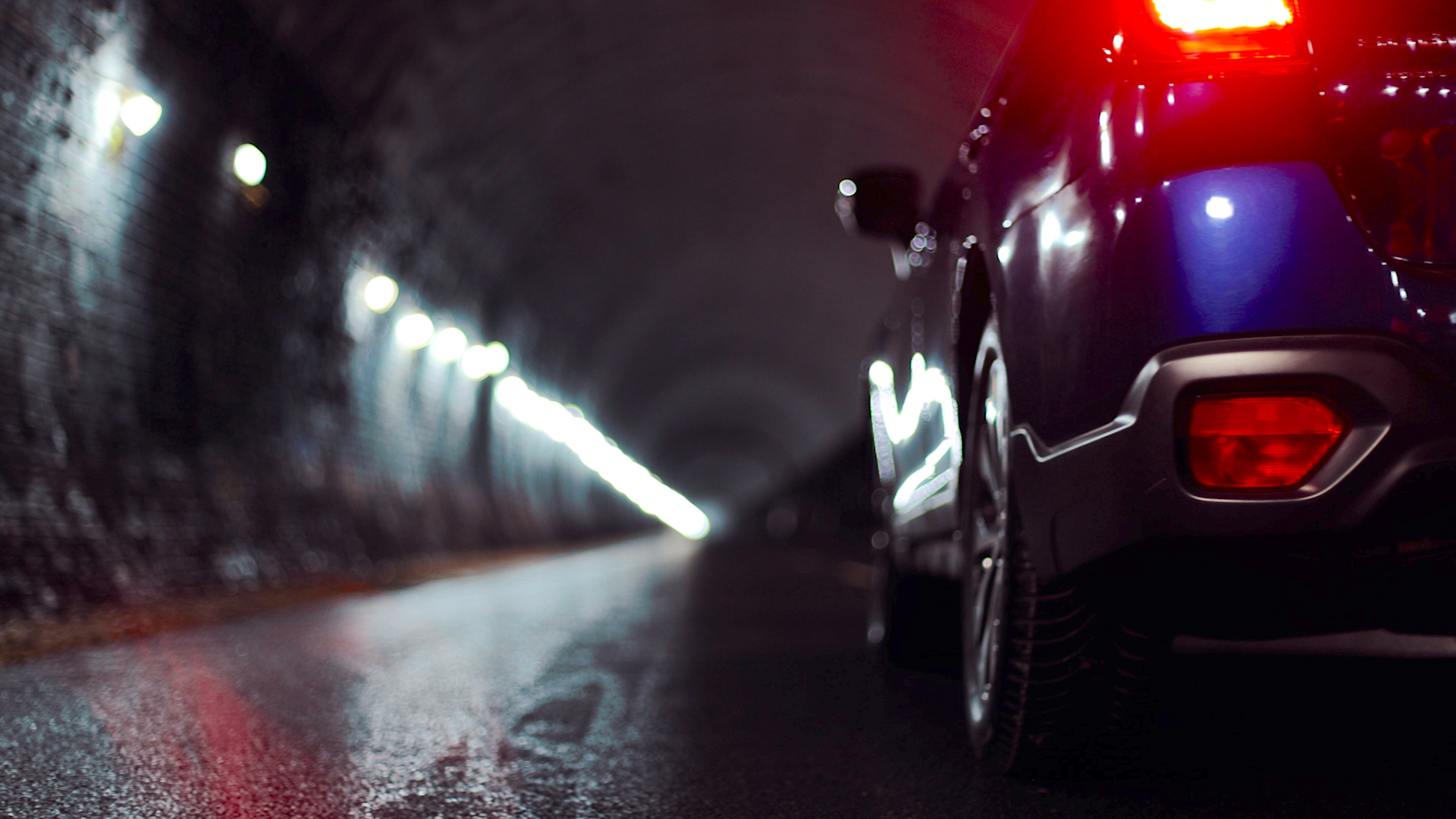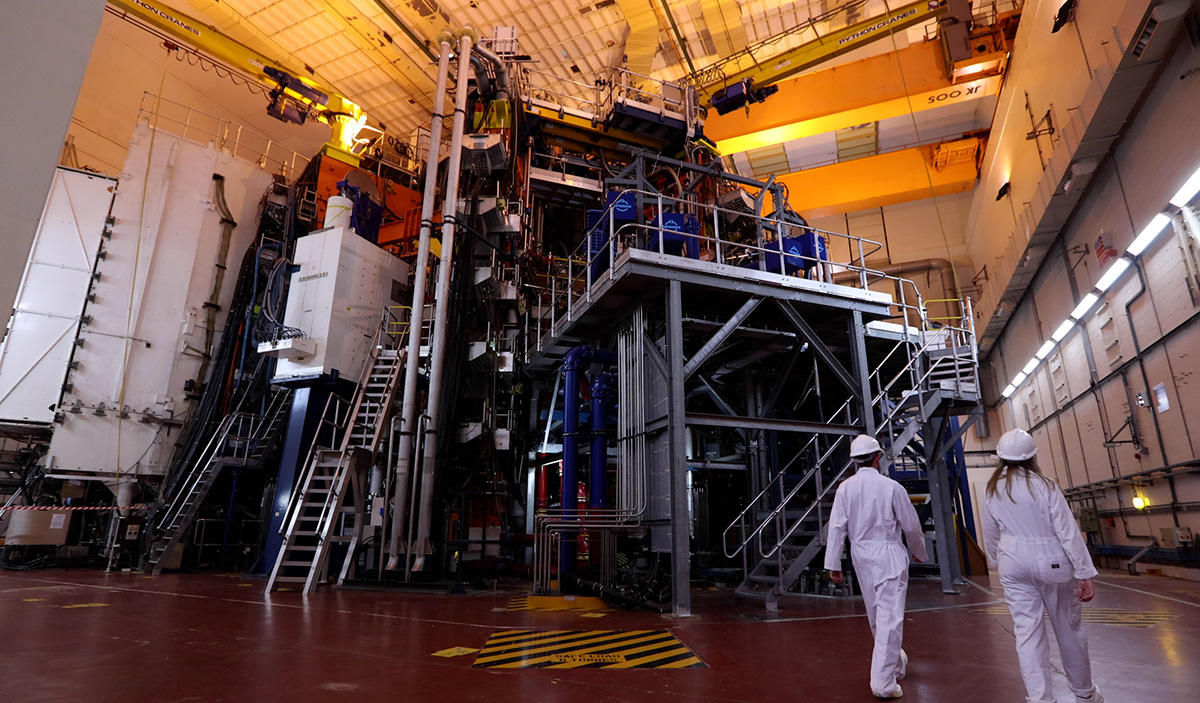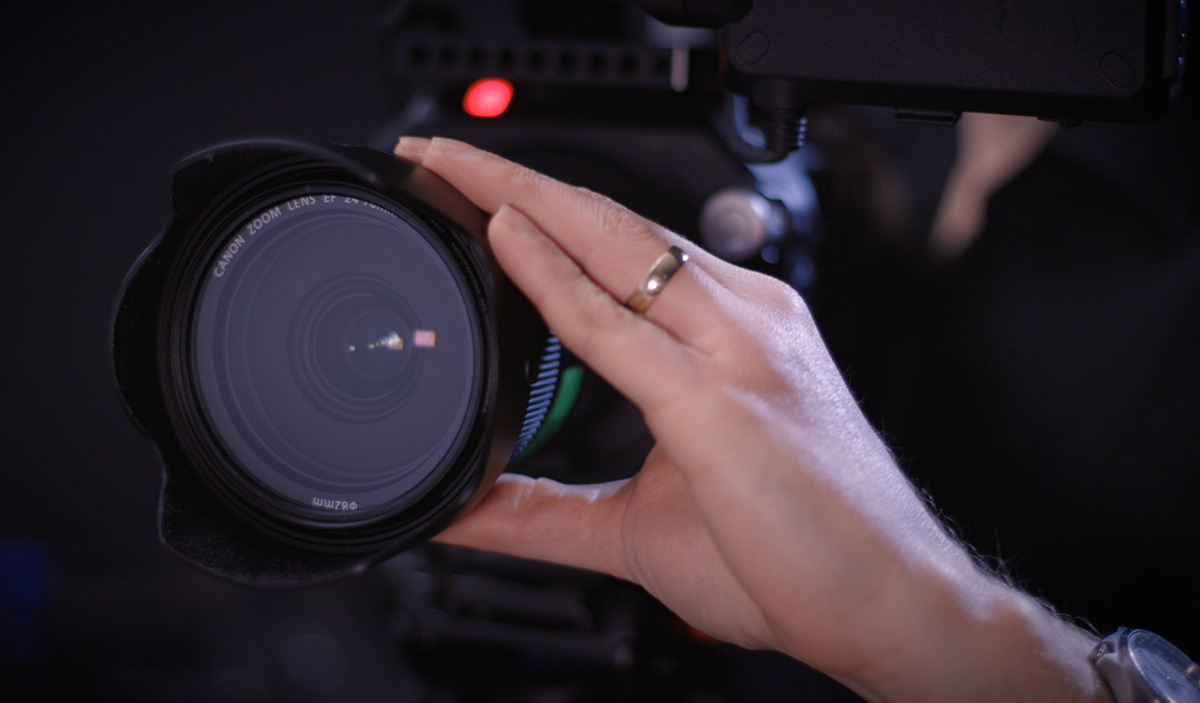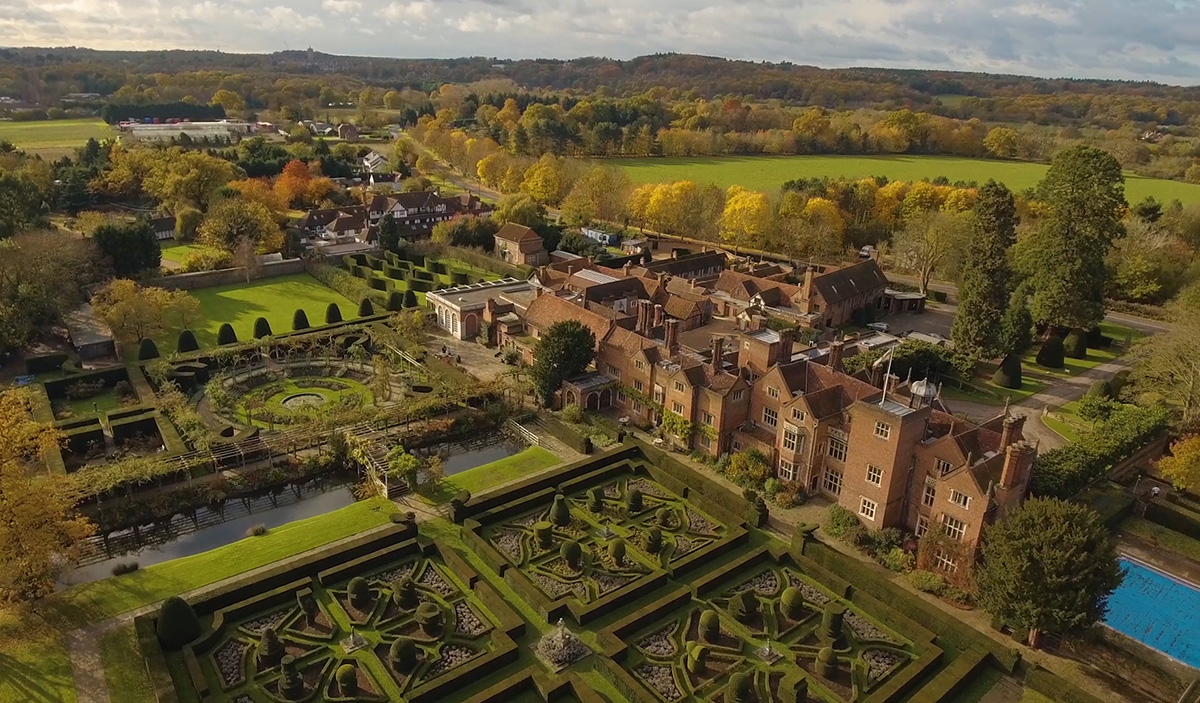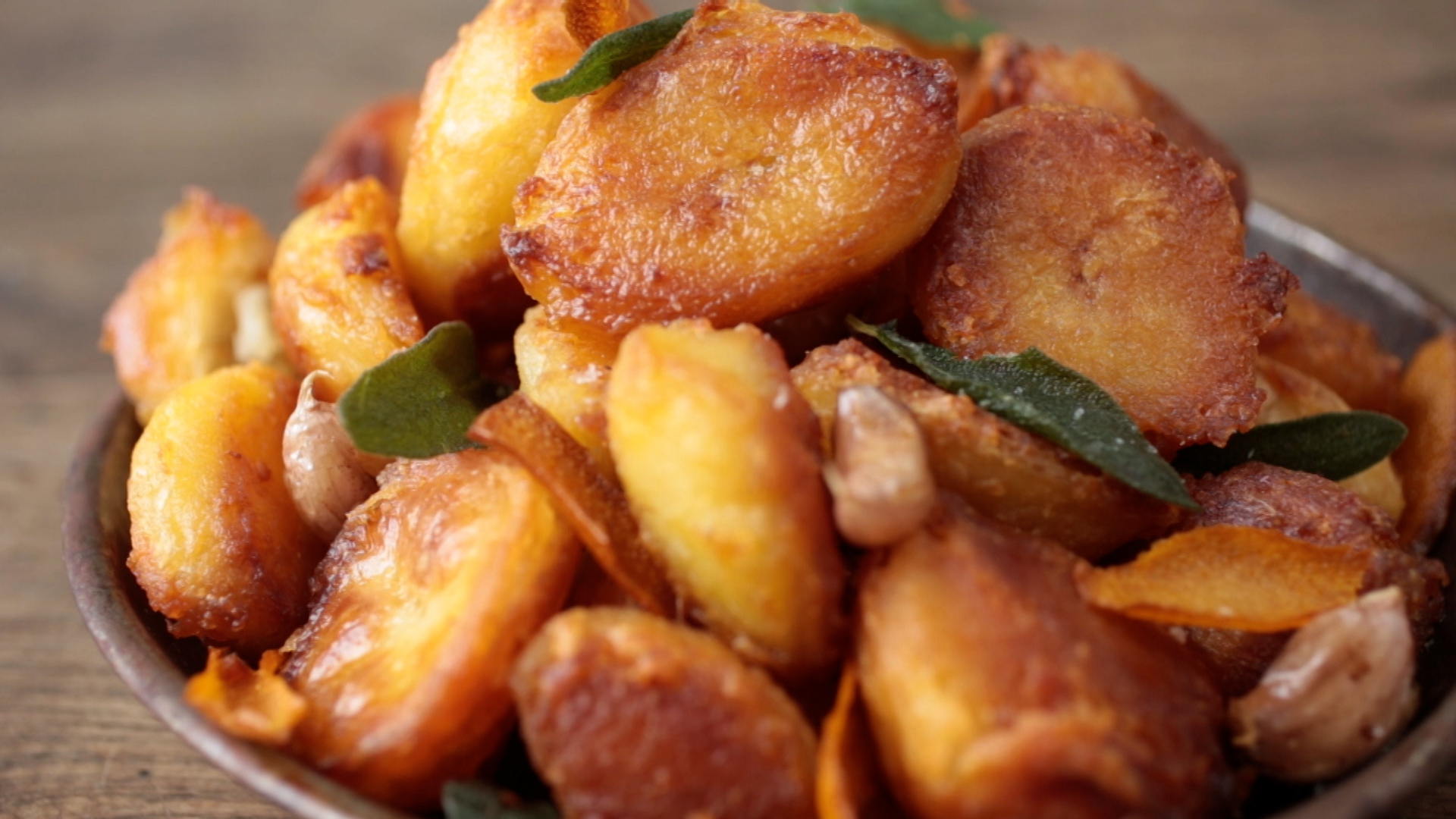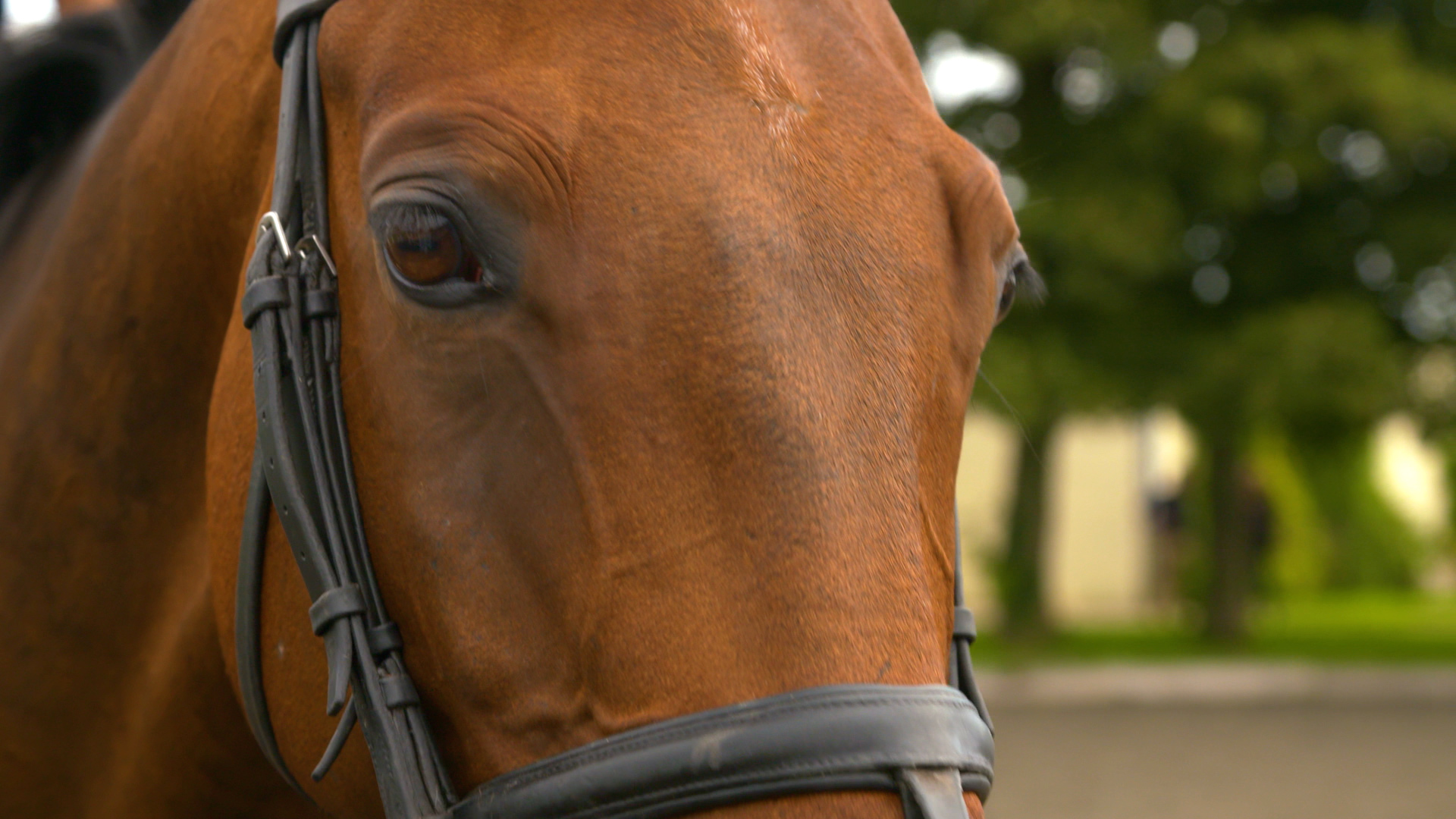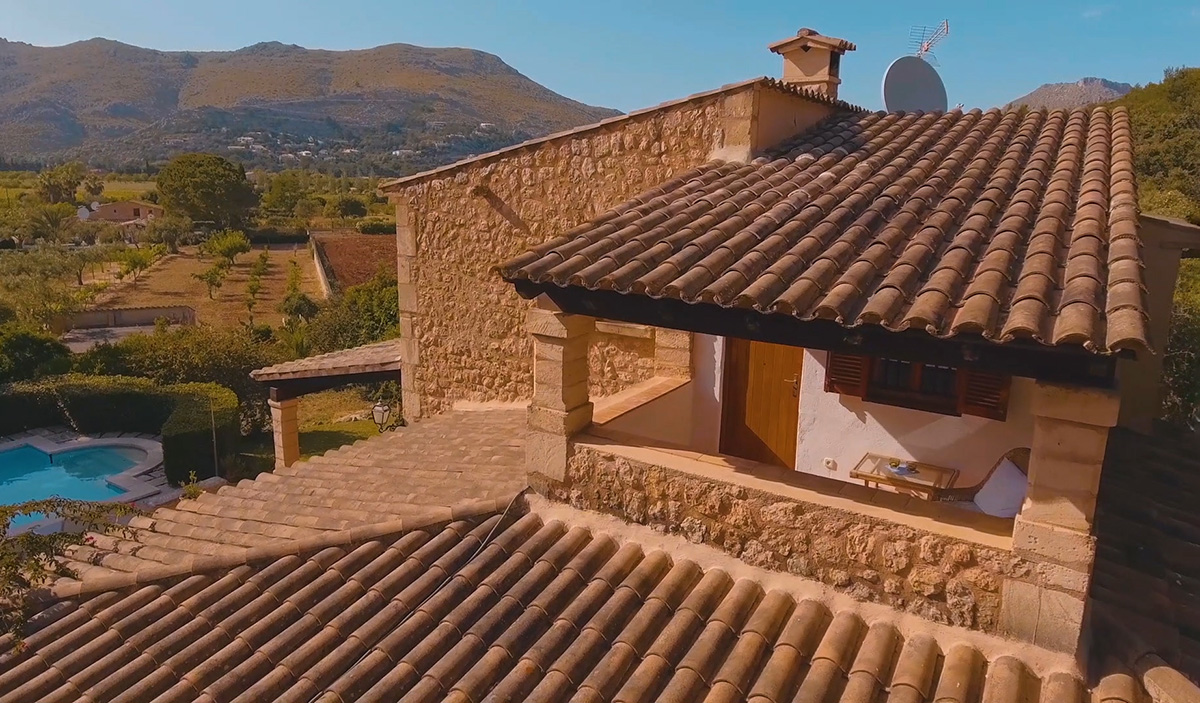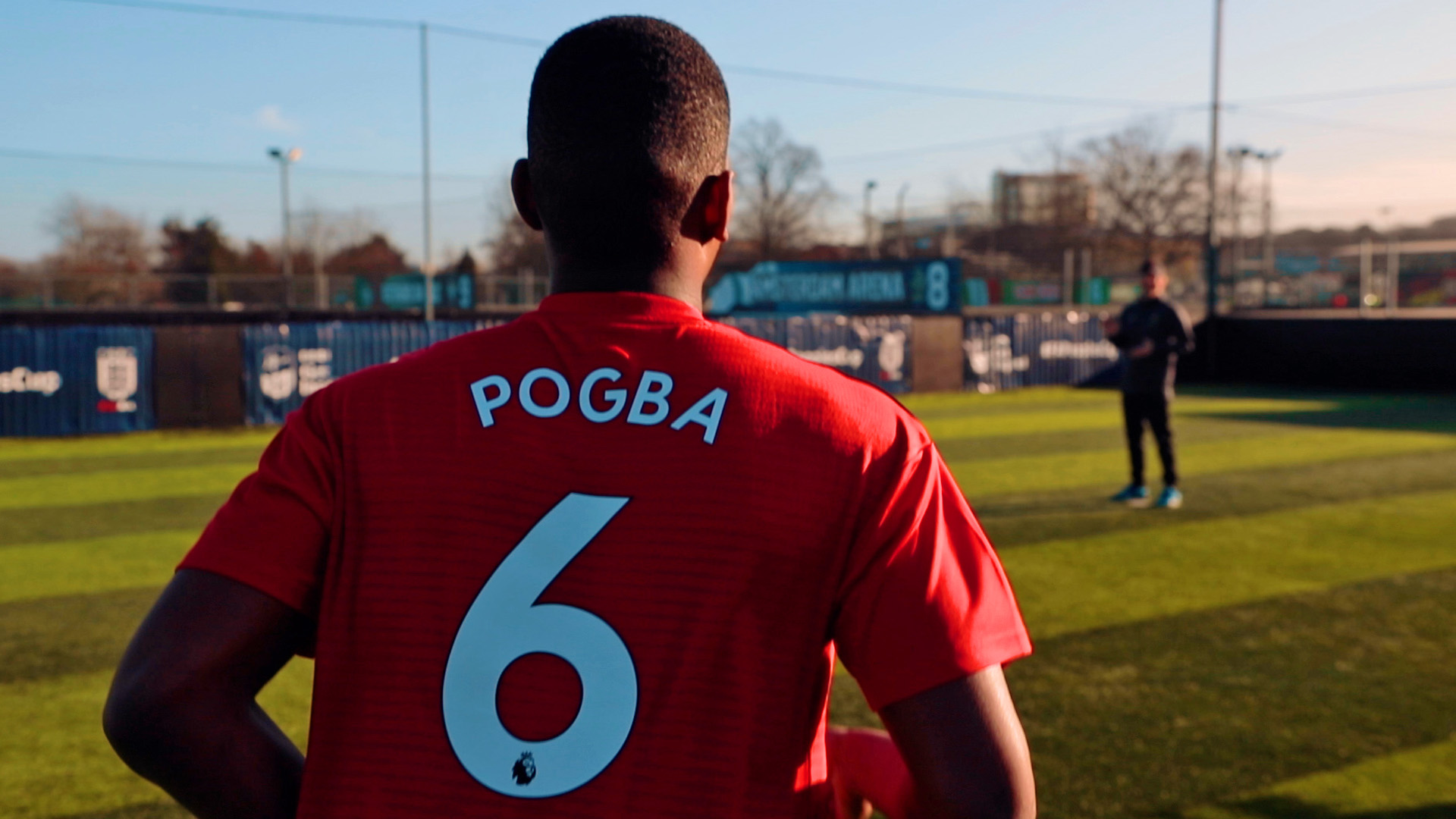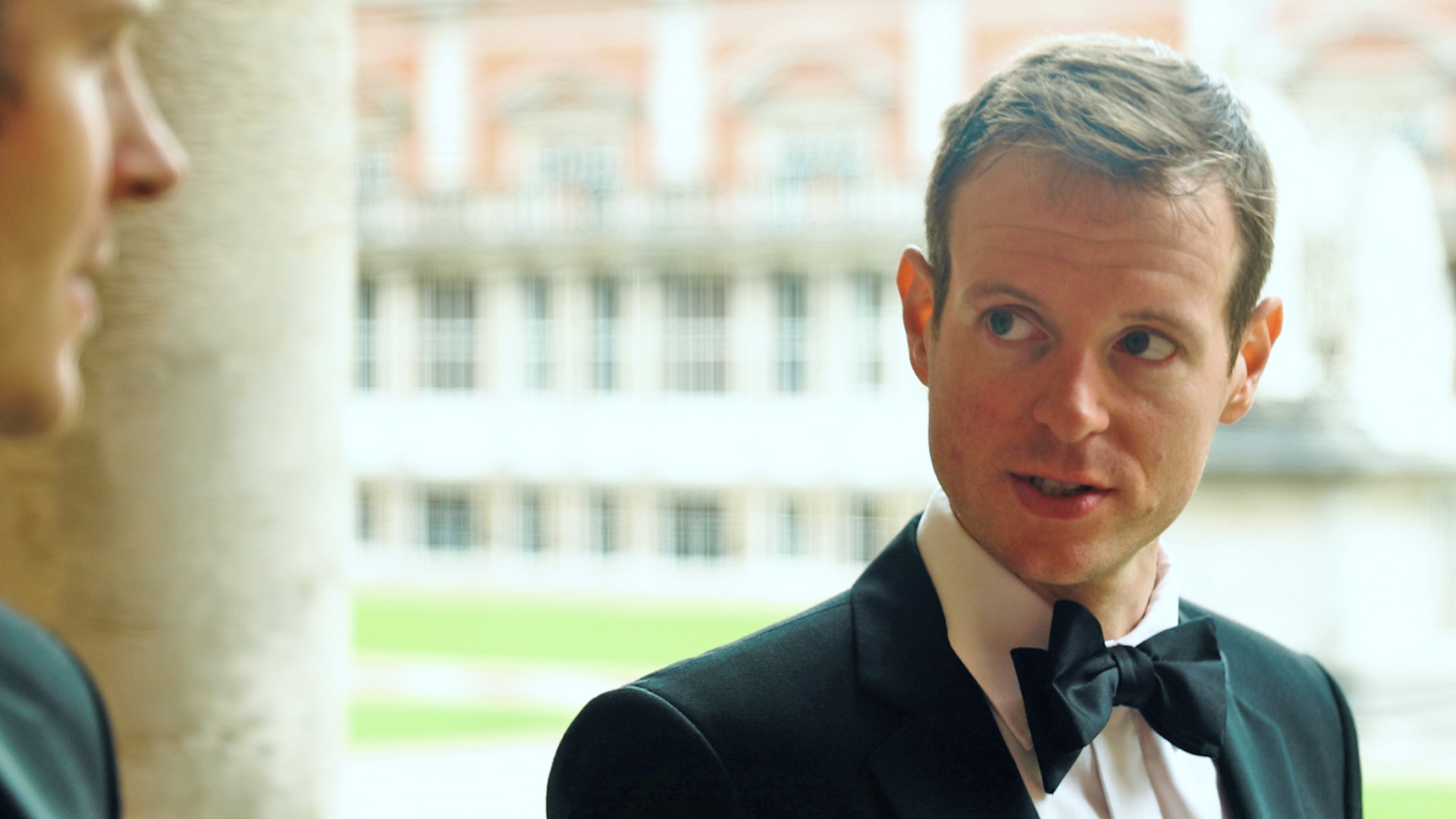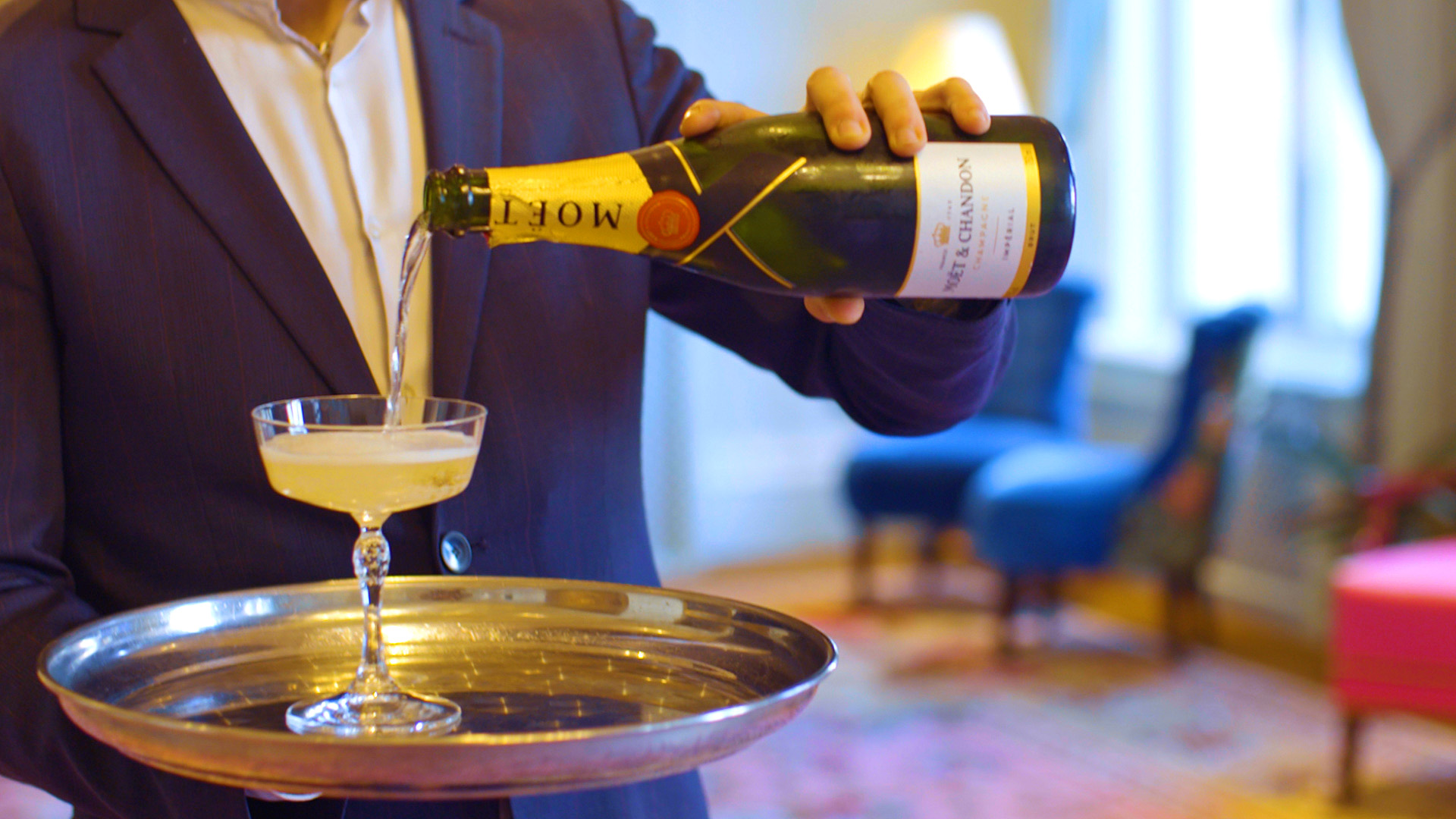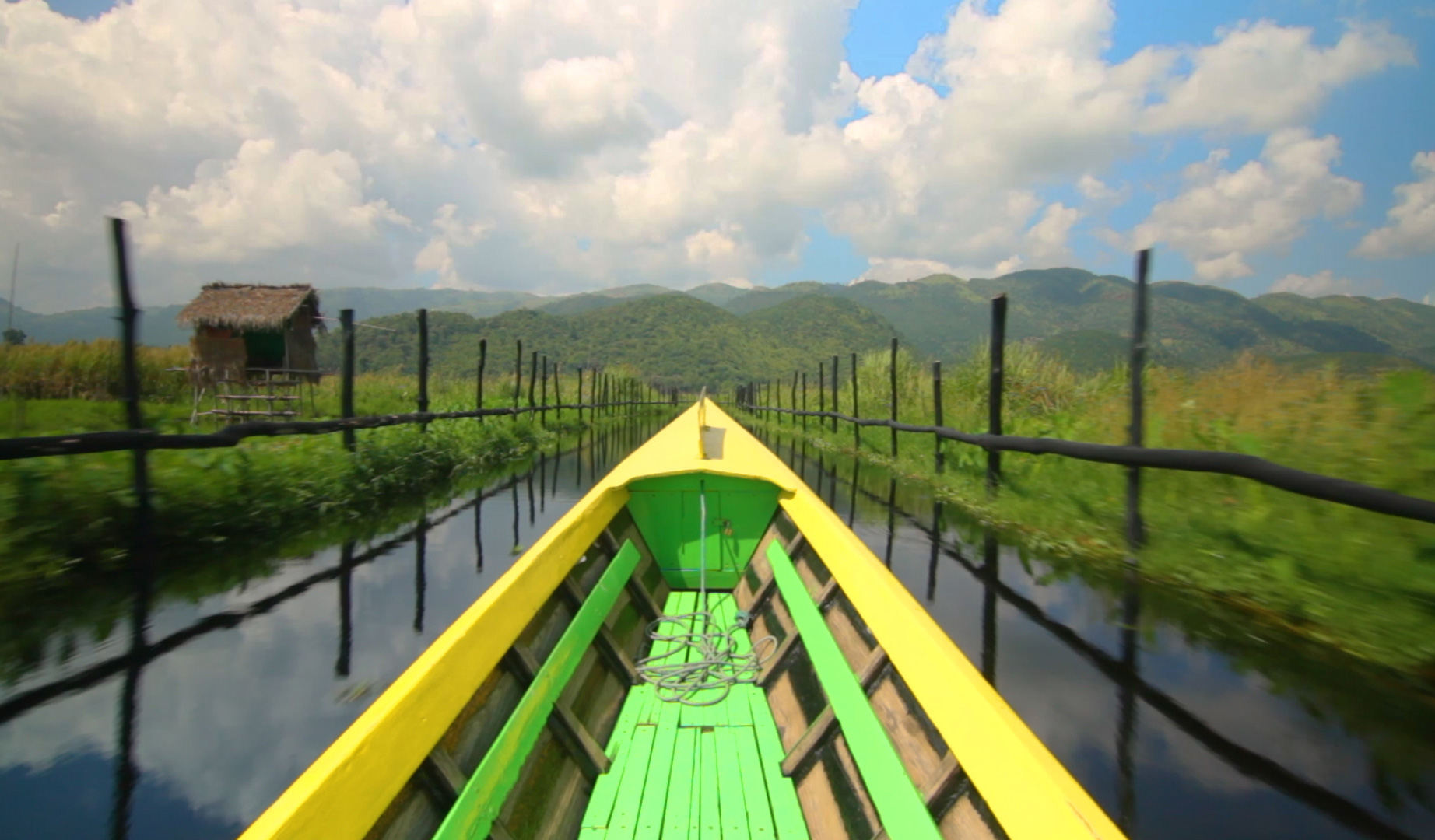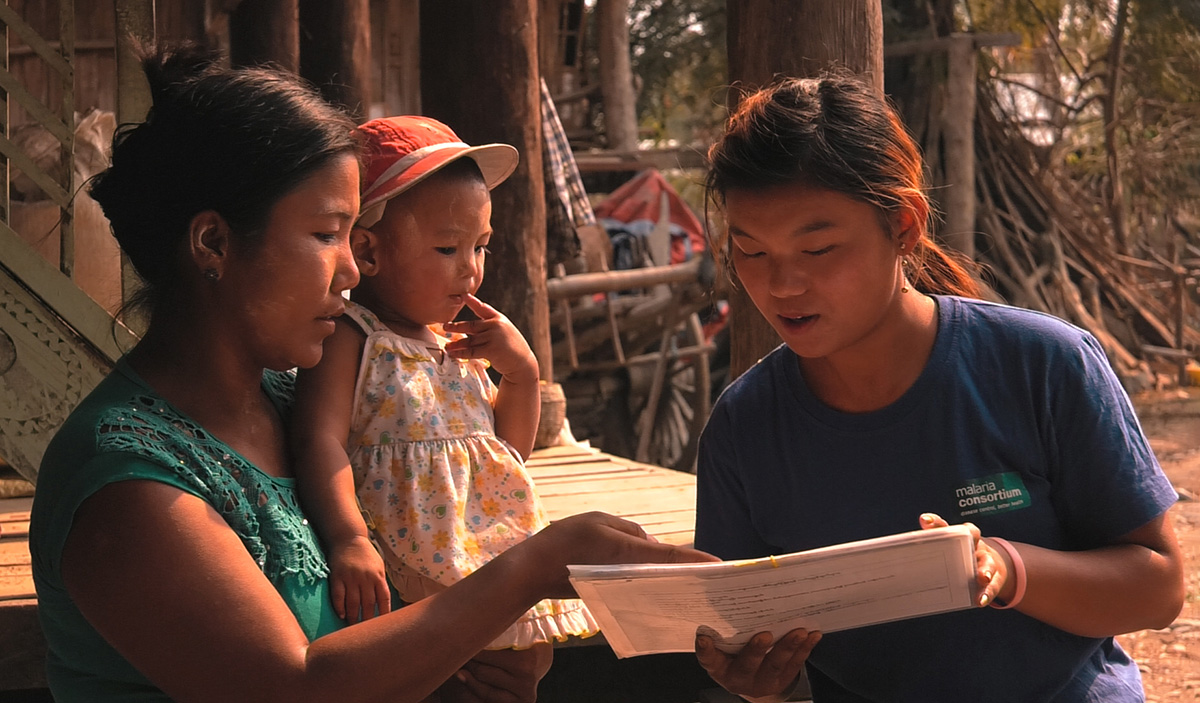“What is B-roll?”
It’s one of the questions we get asked the most. It’s a term that often causes confusion – people vaguely know it has something to do with filming, but that’s it. So what does ‘B-roll’ mean?
Originally, a Hollywood crew would shoot on rolls of film. The key scenes and most important parts of the narrative would be shot on the principal roll or ‘A’ roll, and what was seen as the less important shots would be filmed on the ‘B’ roll.
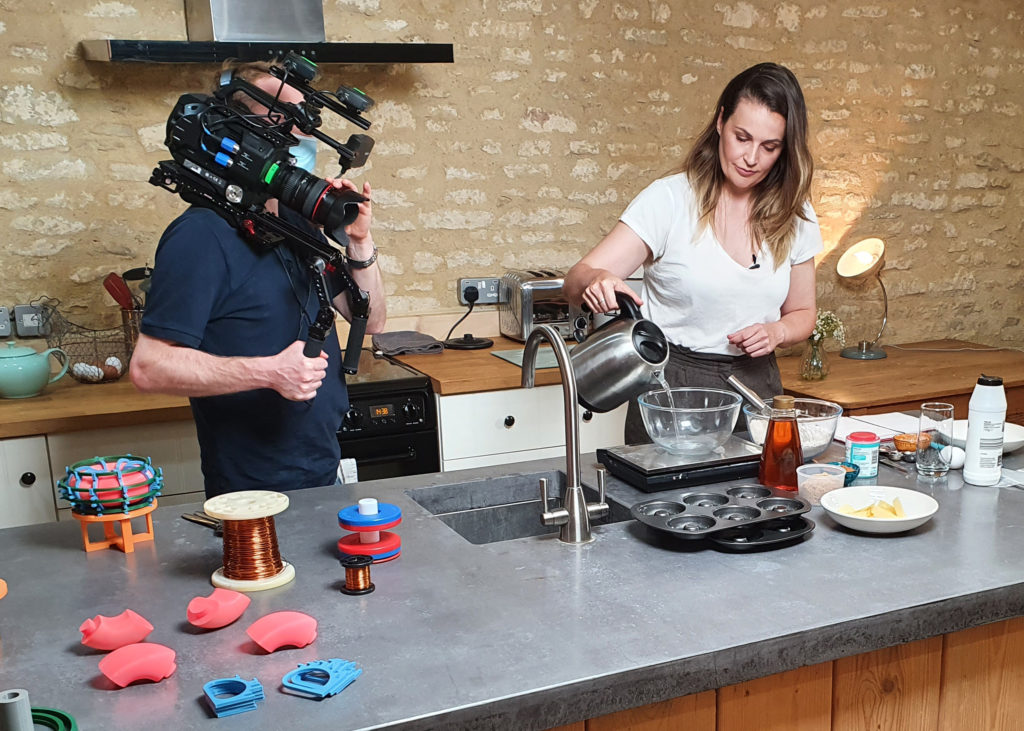
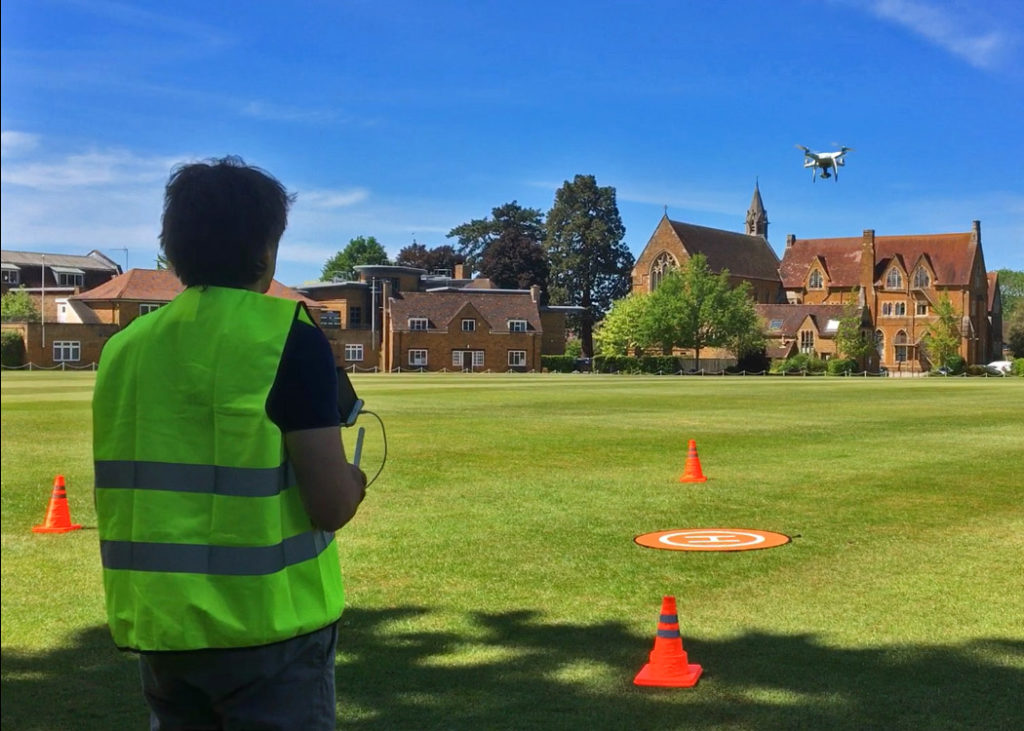
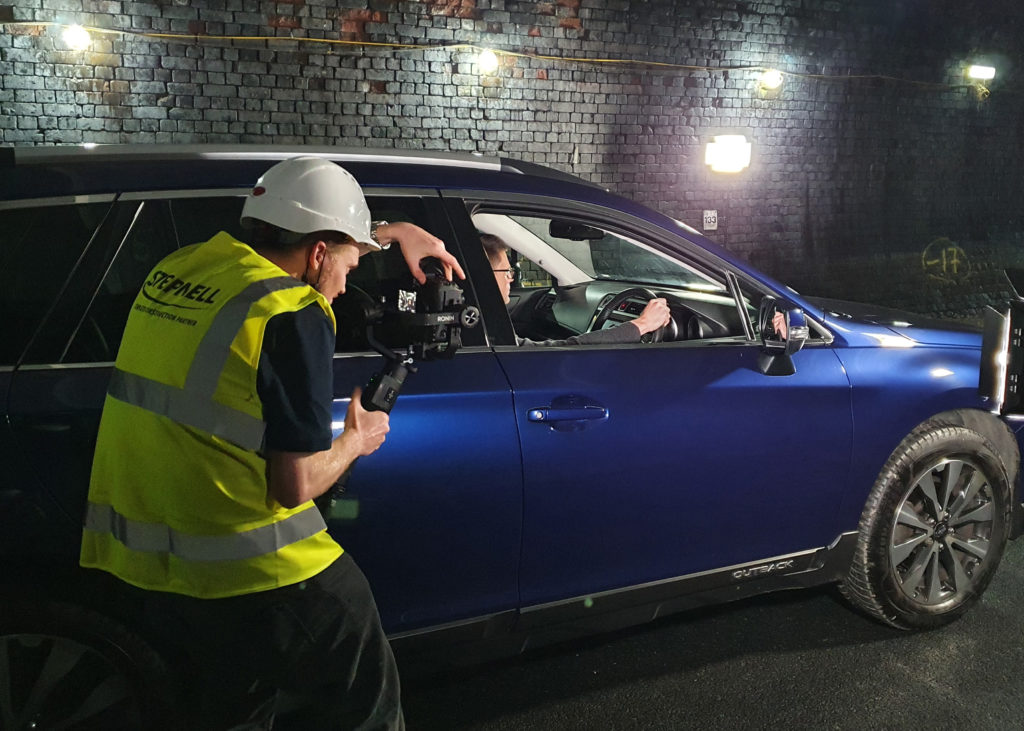
B-roll therefore refers to all of the ’cutaway’ footage in that isn’t part of the main action, and good examples are the sorts of shots you can easily find as stock footage – generic views of places, ordinary people doing things, and processes happening that can be used in many different contexts. In fact websites like Shutterstock, Storyblocks and Artgrid now even use this as a search term. If you’ve ever seen the viral YouTube video ‘We’ve Got That B-Roll’ it makes this exact joke. “No! That’s too specific! That’s not B-roll!”
But nowadays videographers, video creators and production companies often use the term ‘B-roll’ to also mean shots that are indeed more specific than stock footage. ‘B-roll’ usually means all of a film’s supporting or cutaway footage – the shots that illustrate the story being told. So the term often gets used interchangeably with ‘illustrative footage’, ‘secondary footage’ , ‘cutaway shots’, ‘supporting shots’ and a million other terms to mean quite a lot of the filmed coverage you might be getting to tell your story. Another good definition might be that ‘A-roll’ shots require audio and are often longer takes of people speaking on camera, and B-roll often has little or no important audio, and are shorter shots to add context, atmosphere and visual interest.
B-Roll Filming Services
So is ‘B-roll’ important to get? Absolutely. It is actually a vital part of many shoots, including the ones we do daily.
Let’s say you have an interview-driven film with people talking on camera, such as this example of our film ‘Introducing the Gatsby Good Career Benchmarks’
The supporting footage we shot for this film serves two main vital purposes.
Firstly, it is way more interesting to see what is being described by the interviewees than just hearing it. The best ‘talking heads’ films are ones where you actually don’t see the speakers for very much of it, though you probably still hear them. A film made up of just this ‘A-roll’ is pretty boring to watch and makes it difficult for the audience with a short attention span to remain engaged. It can also be difficult to understand some of the concepts being discussed unless we actually see them illustrated. So while ‘A-roll’ tells the story, ‘B-roll’ shows the story – our brains much prefer being shown something than just being told about it.
Secondly, most films of this kind are stitched together from the best takes of a much longer duration of filming. An interview that took an hour to film might and up as just a few of the best minutes. We might need to remove mistakes, false starts, coughs, background noise, and many other distractions when whittling down the interview to the very best bits. This produces a huge amount of ‘jump cuts’ which look odd to the eye and make any film feel ‘edited’, disjointed and not a seamless flow. The supporting footage or ‘B-roll’ is the magic ingredient to hide all of these joins, allowing you to cut back to the speaker for some sections and hide others – with the perfect shot to illustrate each point being made.
Of course, for a film which does not have any speakers on camera such as a music montage or perhaps caption-driven, B-roll is even more important – it’s not just there to support the film – it IS the film! This was the case in our promo film for Catesby Tunnel, which you can see here:
So unlike what its name suggests, don’t dismiss B-roll as unimportant. Videos with B-roll feel much more professional than videos without, as it increases the ‘production value’ of the video and makes for a much more satisfying watch. But it’s also important to make supporting B-roll footage feel relevant and not generic, as its purpose is to support the story. If it feels out of place or it contradicts the narrative, poorly-filmed or edited B-roll can actually harm a film.
We offer B-roll filming services for any scale of film. Whether it’s getting footage to add into an existing film, or starting from scratch to tell a fresh story, Unexplored Films can cover your action in a variety of different ways. Action happening far off? A long lens might be needed. Up close? That might mean we get closer with a wide-angle to create a more immersive feel. Moving subjects? On a small scale we often utilise gimbals or sliders, and we’ve done some great action-based work for our automotive clients. Is it a process that can be captured from an interesting angle or on the move? Our miniature action cams can do the job and get some amazing results. Aerials needed to show a large area or process? Sounds like a job or our drones. Slow-motion can add a wonderful slick feeling to B-roll, and this is a common technique we use for creating cinematic supporting footage. The possibilities really are endless when capturing visually stunning and interesting B-roll for your film – but we always start with the story and work backwards form there.
Ready to film some fun B-roll? We are!
If you’d like to chat about B-roll filming services, you can get in touch with us at info@unexploredfilms.com or via our form
